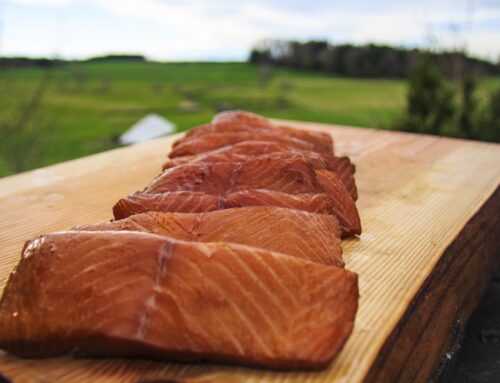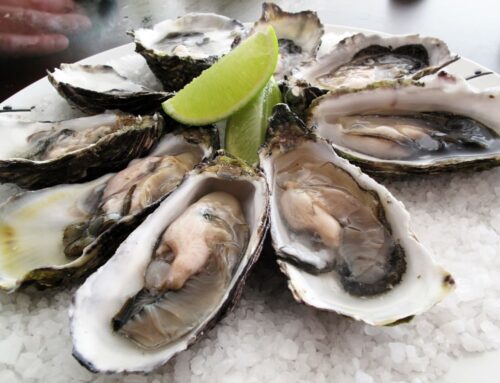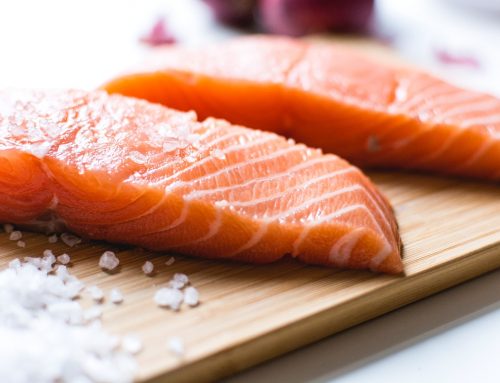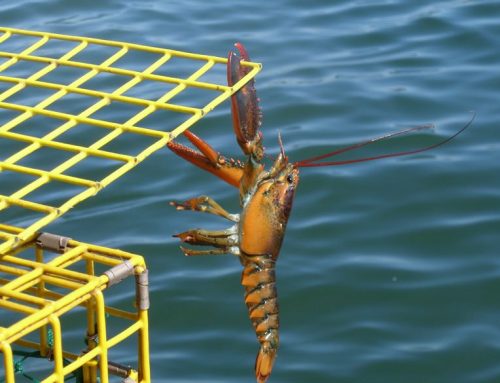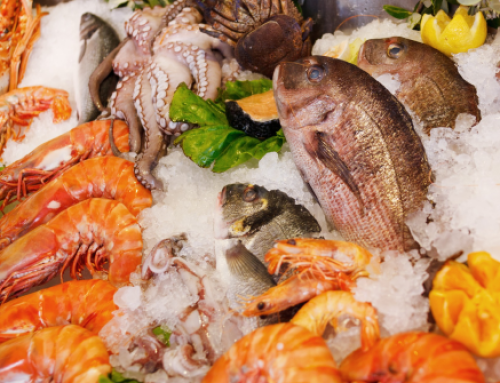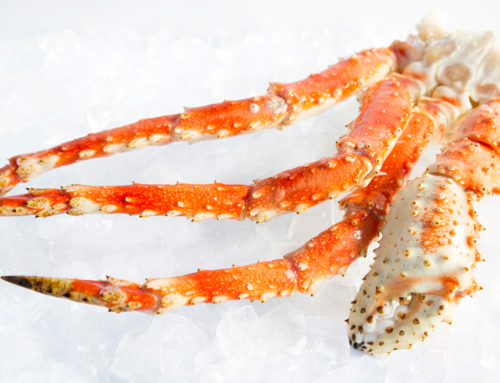For the uninitiated, it’s easy to focus on the gross factor for cleaning and gutting a fish. And no doubt, it can be an incredibly messy process, but once you get past any initial apprehension, you’ll quickly understand it comes to down preparation and learning relatively simple step-by-step instructions.
I’ve only cleaned fish on a few occasions. It’s not my favorite thing, but I’m not so squeamish that I can’t do it. And unless you’re extremely squeamish, the gross factor can be managed. A lot of it comes down to good preparation. For hygiene, for grossness, for efficiency, and even for taste, having a plan and the necessary supplies to clean and gut a fish is really half the battle.
Fresh fish is more than just a marketing line. Fish goes bad really quickly after it dies—often within a couple hours—at least if it’s not cleaned. Thus, it’s important to have a plan in place to store the fish. Ideally, this is a live well, where the caught fish can be kept alive until you get to your cleaning and gutting station. Certainly, you can set up a makeshift cleaning station on site, whether you’re ice fishing or doing some other kind of fishing. Now, if you are ice fishing or otherwise in cold temperatures, then certainly the fish will last a little longer, but a live well is still the best plan.
What Makes for a Good Cleaning Station
A disposal cover lining that can be easily tossed afterward or hosed down itself if you prefer to put in the time for a reusable cover. Traditionally, we’d always just grab and lay down some newspaper, but that’s increasingly not an option for contemporary households, including my own.
Typically, the advice is to set up this type of cleaning station outdoors for easier clean-up and sanitation of the station itself. This is great in theory, but it’s also better advice for the southern half of the United States and/or for the middle of summer. Otherwise, a better option in my opinion is some kind of garage, shed, etc. Making do with what you have, it may be a personal call between extensive kitchen clean-up and wearing four layers in freezing temperatures.
Especially if you plan to clean several fish in one session, it’s a good idea to make sure you have a table at a comfortable working height. Other essential equipment includes a bucket to discard unusable fish parts, a separate container for the cleaned fish, butter knife/scaling tool/pliers, a suitable cutting knife, and gloves (unless you’re trying to be all machoistic about it).
The bucket should be of sufficient size for the discarded fish parts. A butter knife or scaling tool can be used to remove the fish scales. Pliers are a better bet if you instead need to peel the skin off the fish. If you’re thinking there’s probably criteria for what does and doesn’t make for a good fillet knife, you’d be right. For blade, grip, and sheath, there are performance factors that are better or worse for a fillet knife.
Of course, setting up a fish cleaning station doesn’t in itself do you much good. If you’d like to see step-by-step instructions for how to clean or gut a fish, check out this post.
Take note of our Affiliate Relationships that may exist with this page and companies listed on it.


